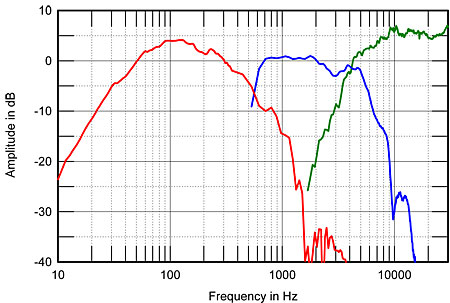| Columns Retired Columns & Blogs |
Yeah, they might sound great, but they sure are ugly.
Looks like it came out of the 1930's.
Just sayin'.....
Looks like something granny would put in her ear.
"What's that you say sonny? Licorice whips and penny whistles?"
;)













































